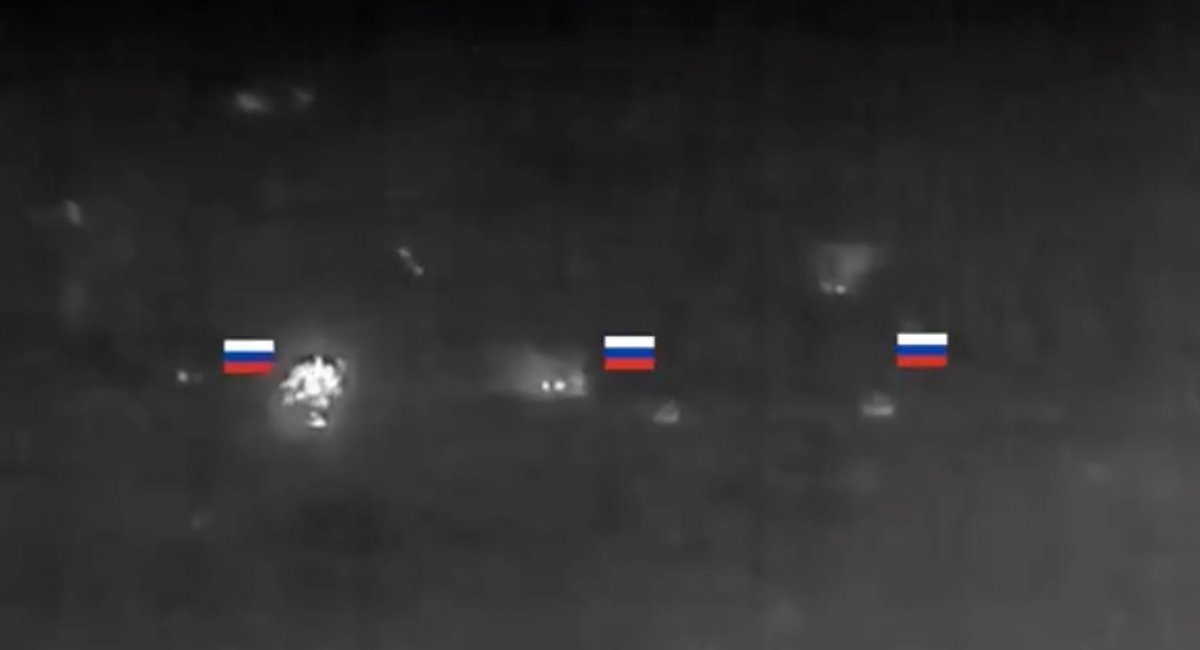Analyzing the Challenges and Consequences of Russia’s Military Tactics Amid Ongoing Conflict
In a striking revelation from the latest UK Defense Intelligence report, it has been reported that injured Russian personnel are being coerced into returning to combat as part of assault groups. This alarming strategy raises significant concerns about the human cost of warfare and the ethical implications of such military practices.
As the conflict escalates, understanding the motivations behind this decision is crucial for comprehending the broader dynamics at play on the battlefield. In this article, we delve into the details of these findings and explore how this approach impacts both the soldiers and the ongoing conflict.
It is highly likely injured russian personnel are being returned to combat duties in Ukraine with unhealed wounds, often on crutches. Open source reporting suggests russia’s 20th Combined Arms Army has formed assault groups made up of walking wounded and directed them into combat, the UK Defense Intelligence reports.
There is a realistic possibility russian commanders are directing this activity to retain personnel who would otherwise become lost in the overburdened medical system.
According to the General Staff of the Armed Forces of Ukraine, russia has sustained approximately 830,000 casualties since February 2022, of which it is likely over 400,000 have required treatment in medical facilities away from the frontline.

The injured soldiers have likely been returned to their units after being discharged from forward medical facilities, prematurely, at the behest of their commanders. This reduces the pressure on the overburdened military medical system and increases unit’s ability to track and use wounded servicemen for operational tasks.
The lack of proper medical attention in facilities away from the frontline necessitates the transfer of the administrative and medical burden back to troops’ units.

